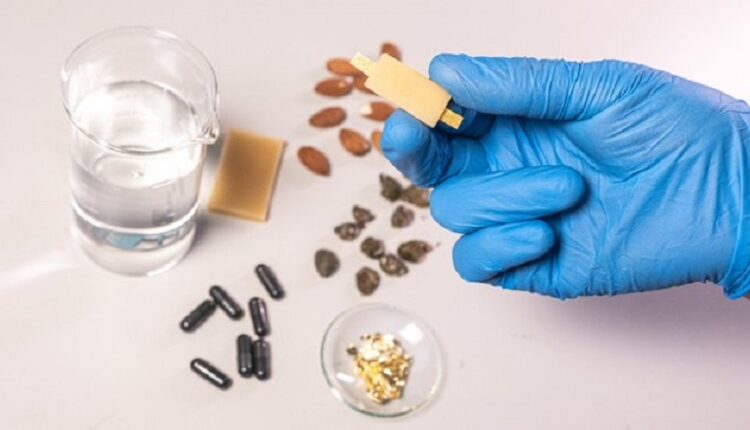Italy creates first edible battery
The Italian Institute of Technology unveiled its most recent innovation: an edible and rechargeable battery. Encapsulated in a beeswax tube, it was designed using digestible elements extracted from almonds, seaweed and capers
At the end of October, researchers from the Italian Institute of Technology unveiled an unusual invention: the first edible, rechargeable battery, made from elements extracted from almonds, algae and capers.
The invention, which has been nominated by Time magazine as Invention of the Year, is the result of the work of Mario Caironi, a researcher at the Italian Institute of Technology (IIT).
He has a doctorate in Electronic Engineering and has been researching “the electronic properties of food and its derivatives with the aim of developing medical sensors that can be ingested without side effects and that are processed by our body just as food is digested.”
Their work is immersed in research aimed at the development of “edible electronics”, which could contribute to significant advances in medicine.
The prototype of this edible and rechargeable battery has funding from the European Research Council, for 2 million euros, and has received great global attention. To make it digestible, the researcher managed to combine certain elements of nature.
“The battery designed by his team is entirely made with edible components: vitamin B2 or riboflavin – extracted from almonds – acts as an anode and quercetin obtained from capers as a cathode. To increase conductivity, activated carbon is used, sold in pharmacies, while its electrolyte is water-based and the separator that prevents short circuits consists of nori seaweed like those that wrap sushi.” All of this is wrapped in a tube of beeswax “from which two contacts of edible gold emerge, the same one that pastry chefs use for decorations.”
As Caironi explained to the EFE agency, the operation of the prototype is the same as a conventional battery, with its positive and negative poles, integrated into a circuit that transforms chemical energy into electrical energy.
“According to the Italian Institute of Technology (IIT), the promoter of the research, the battery operates at 0.65 V, a voltage low enough not to cause problems to the human body if ingested, and is capable of providing a current of 48 μA for 12 minutes.” This charge is enough, according to the developer engineer, to power devices as small as low-power LEDs.
M.Pino
Source: thefoodtech
(Reference image source: @MakerFairRome, red social X)
Visit our news channel on Google News and follow us to get accurate, interesting information and stay up to date with everything. You can also see our daily content on Twitter and Instagram


